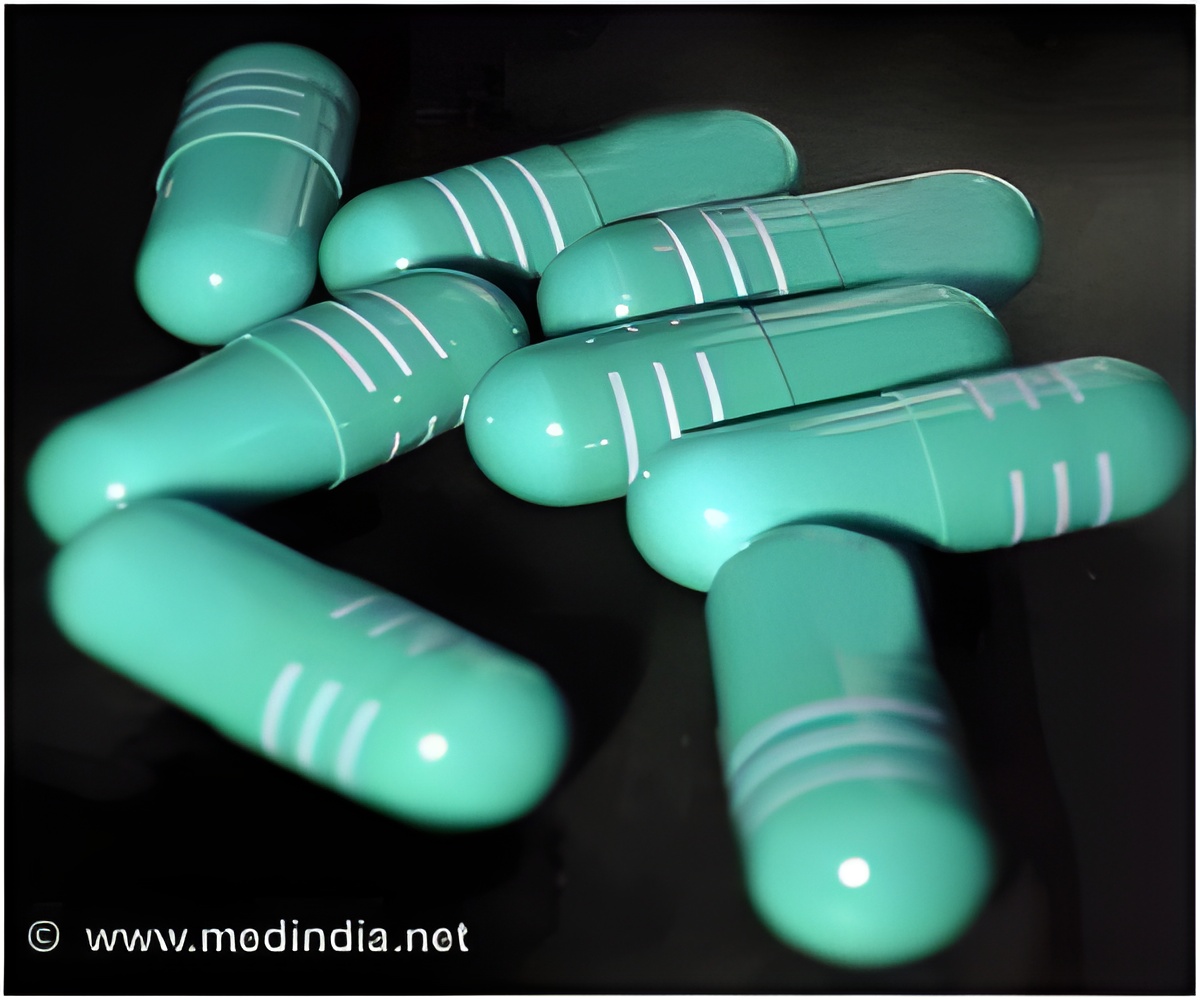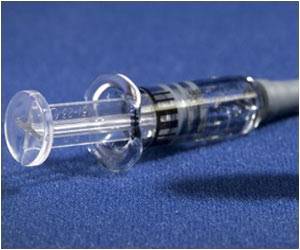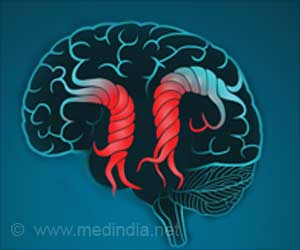
‘Molecular and cellular mechanisms behind difficulties in withdrawing from certain antidepressants have been to be found to be associated with signaling changes in Gs alpha protein of lipid rafts. This states that by looking at how an individual patient's cells metabolize this protein, one can predict the right antidepressant medication for them.’
Tweet it Now
Weaning patients from these drugs can result in unpleasant symptoms that can range from flu-like feelings and persistent pain or itch to Parkinson's-like conditions that can last for weeks. It is estimated that 1 in 6 Americans have, or will, suffer from depression and is twice the rate for veterans. Earlier studies point that antidepressant drugs collect gradually in cholesterol-rich membrane structures called lipid rafts.
Molecular Pathway Behind Withdrawal Syndrome
Chemical messenger (neurotransmitters) such as serotonin, is known to be involved with mood stabilization. It binds to a receptor on the outside of a cell to a protein in the lipid raft called Gs alpha. This helps in conveying the signal into the cell's interior where it can elicit a variety of actions.
The production of an intracellular signaling molecule called cyclic AMP is the result of one of those actions. This cyclic-AMP is found to be low in the brains of people with depression. However, effective antidepressant treatment returns these levels to normal.
Advertisement
Thus the lipid rafts appear to be relevant for both the delayed therapeutic effects of antidepressants as well as the difficulty in weaning off from these drugs. It takes a long time for these drugs to sort into rafts and a long time for the drugs to exit, some more than others.
Advertisement
"This validates the notion that intracellular molecules that result from an active Gs alpha protein are a very good biomarker for the functioning of antidepressants. We think we have achieved some clarity on this issue and we'd like to move forward toward using technology to create a personalized treatment for depression," says Mark Rasenick, distinguished professor of physiology and biophysics and psychiatry at UIC and research career scientist at the Jesse Brown VA Medical Center.
The study thereby states that by looking at how an individual patient's cells metabolize Gs alpha proteins, one can predict what antidepressant medication could work right for them. Moreover, the cellular fluorescent indicators allow testing at a cellular level to develop new antidepressant medications.
Source-Medindia










